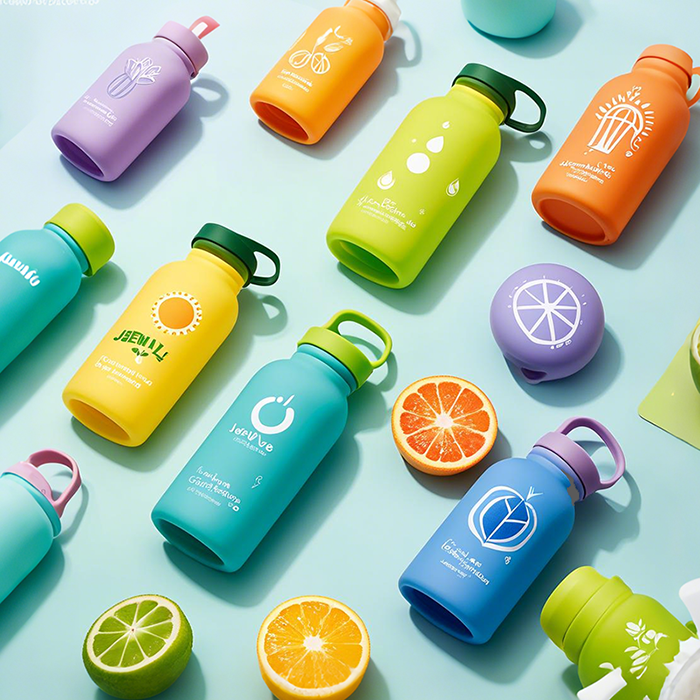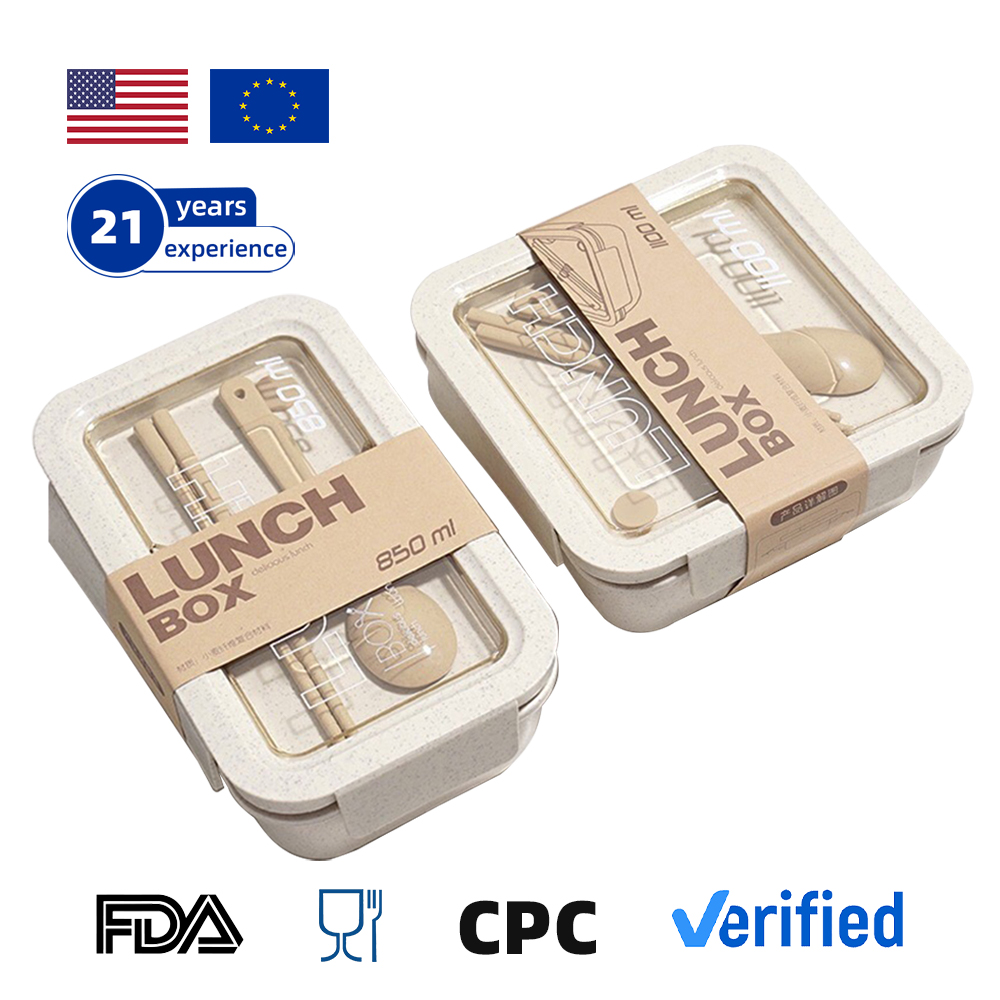콘텐츠
편리함과 지속 가능성을 동시에 추구하는 오늘날의 급변하는 세상에서 접이식 물병의 인기는 급증하고 있습니다. 이 혁신적인 용기는 공간을 절약할 수 있을 뿐만 아니라 환경 친화적이기도 합니다. 하지만 위생을 유지하고 수명을 연장하려면 적절한 관리, 특히 건조가 필수적입니다. 이 글에서는 대량 주문을 처리하고 제품 품질 유지에 대한 전문가의 조언이 필요한 도매업체를 대상으로 접이식 물병을 건조하는 가장 효과적인 방법에 대해 자세히 설명합니다.
![]()
![]()
건조의 중요성 접이식 실리콘 물병
접이식 물병 내부에 수분이 갇히면 세균 번식, 곰팡이, 불쾌한 냄새가 발생할 수 있습니다. 적절한 건조는 내부와 외부를 깨끗하고 신선하게 유지하여 반복 사용에 매우 중요합니다. 도매업에 종사하는 사람들에게 이 단계는 고객에게 제공하는 제품의 사용성과 매력에 직접적인 영향을 미치기 때문에 매우 중요합니다.
![]()
![]()
올바른 접이식 물병 선택하기
도매용 맞춤형 접이식 물병을 선택할 때는 소재와 디자인을 고려하세요. 선도적인 실리콘 공장으로서 당사는 고품질의 식품 등급, 유연하고 내구성이 뛰어난 실리콘을 사용하는 것이 중요하다는 점을 강조합니다. 사용자 지정 옵션을 통해 브랜딩 및 개인화가 가능하므로 시장에서 돋보이는 제품을 만들 수 있습니다. 이러한 측면에 중점을 두어 병이 기능적이고 도매 파트너의 특정 요구 사항을 충족하도록 보장합니다.
단계별 건조 가이드
1. 물을 비우고 깨끗이 헹굽니다:
사용 후에는 접이식 물병을 비우고 따뜻한 물로 깨끗이 헹구세요. 필요한 경우 중성 비누와 보틀 브러시를 사용하여 잔여물이나 얼룩을 닦아내세요. 헹구면 남아 있는 액체나 세제가 제거되어 물병을 건조할 준비가 됩니다.
2. 여분의 물을 털어냅니다:
헹구고 나면 접이식 물병을 세게 흔들어 물기를 최대한 많이 제거하세요. 이 초기 단계는 내부에 남아있는 수분의 양을 줄여 전체 건조 시간을 단축합니다.
![]()
![]()
3. 병을 완전히 펼칩니다:
접이식 물병이 완전히 펼쳐졌는지 확인하세요. 이렇게 하면 모든 내부 표면이 공기에 노출되어 더 효율적으로 증발할 수 있습니다. 물병을 완전히 열면 공기의 흐름이 원활해져 빠르고 철저하게 건조할 수 있습니다.
4. 열린 공간에서 자연 건조:
접을 수 있는 물병을 깨끗하고 건조한 표면에 거꾸로 놓고 자연 건조하세요. 자외선은 시간이 지나면 실리콘을 변질시킬 수 있으므로 직사광선을 피해 통풍이 잘 되는 곳을 선택하세요. 자연 건조는 물병의 무결성을 보존하는 가장 부드러운 방법입니다.
![]()
![]()
5. 5. 깨끗한 수건을 사용하여 건조 속도를 높입니다:
접힌 물병을 빨리 말려야 하는 경우 전용 물병 브러시를 사용하여 물병에 남아 있는 물을 닦아내세요. 특히 인쇄된 패턴이나 로고가 있는 경우 표면이 긁히지 않도록 주의하세요. 이 수동 건조 과정을 거친 후 모든 부분이 완전히 건조되도록 자연 건조를 하면 됩니다.
6. 서늘하고 건조한 곳에 보관하세요:
접이식 물병이 완전히 마르면 다음 사용 전까지 서늘하고 건조한 곳에 보관하세요. 습기가 있는 곳에 보관하면 습기가 다시 유입되어 물병의 청결도가 떨어질 수 있으므로 피하세요.
품질 유지를 위한 팁
접이식 실리콘 물병의 수명과 위생을 더욱 향상시키려면 다음 추가 팁을 따르세요:
- 병의 마모나 손상 징후가 있는지 정기적으로 검사하세요.
- 청소할 때 연마성 스펀지나 독한 화학 물질을 사용하지 마세요.
- 사용하지 않을 때는 습기가 쌓이는 것을 방지하기 위해 뚜껑을 닫아 보관하세요.
- 고객이 구매를 최대한 활용할 수 있도록 관리 지침을 제공하는 것이 좋습니다.
접이식 실리콘 물병을 올바르게 건조하는 것은 청결을 유지하고 수명을 연장하는 데 있어 간단하지만 중요한 단계입니다. 설명된 단계를 따르면 접이식 물병을 최상의 상태로 유지할 수 있습니다.




